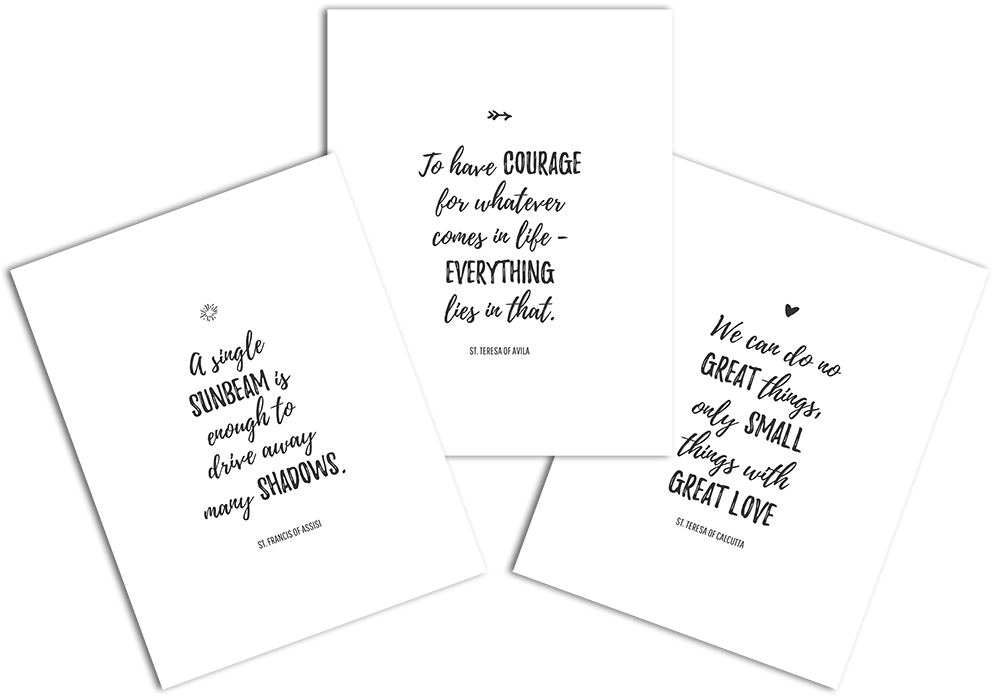When Nathan was first introduced to basic addition facts, Mr. Andi opted to do some visual practice with him one day. He held up one finger on each hand and asked Nathan how many fingers he was holding up, first on one hand (“One”), then the other (“One”). Then he moved his hands together so that his two fingers were side-by-side and asked him what number he was holding up. Without hesitation, Nathan responded, “Eleven.”
I mean, he wasn’t wrong. We expected him to add one and one together and come up with two, but his brain saw two ones side-by-side, which is an eleven. I’m not exaggerating when I say that The Eleven was a watershed moment in my understanding of how Nathan views the world differently. Stereotypes about people with Down syndrome abound – always happy, intellectually disabled, and so on – and it’s true in Nathan’s case that he is a pretty carefree kid who is academically behind his same-age peers. But what I never understood until this wonderful little person became part of our family is that those stereotypes are comparisons with typical people, and it’s a disservice to someone like Nathan to categorize him based on how he is or isn’t like them.
